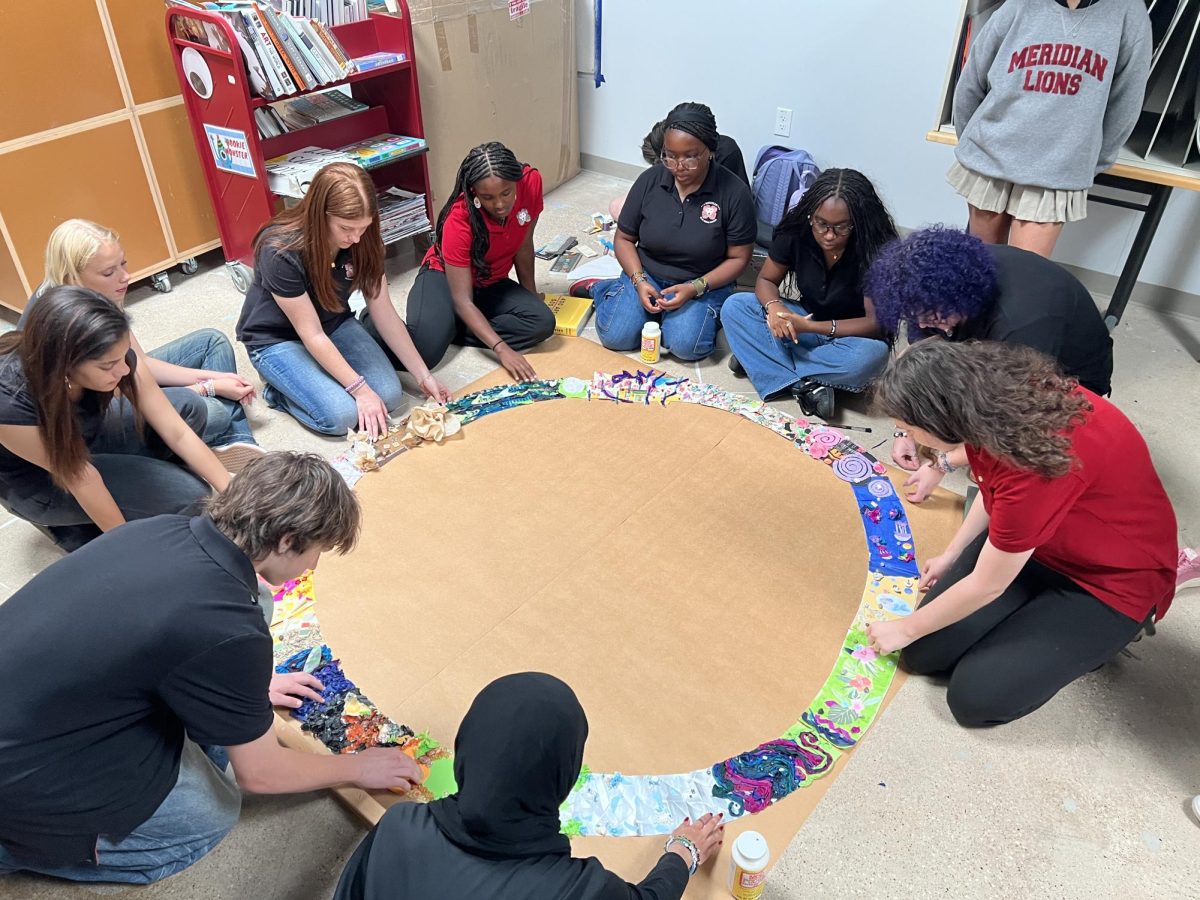
When discerning the most useful or important subject in school, most people tend to lean toward logic-based academics such as science or mathematics. However, what many often overlook is the glue that holds it all together: art.
According to an article by the American Academy of Arts and Sciences, “research finds that students enrolled in arts courses have improved attendance, and the effects are greater for students with a history of chronic absenteeism.” The freedom of expression that art — in all its forms — extends to students encourages them to engage in the everyday lessons of school. Students who miss school miss out on the benefits that every class has to offer. For one subject to drastically impact students’ daily decision to attend shows that art truly holds educational value.
For many students, school can be a taxing and exhausting environment, but art class offers something refreshing amidst the typical routine of assignments. Sophomore Hana Shariati, a fine arts student, shared, “I decided to take an art class because I’ve always had a passion for drawing, and I wanted to create artwork during school.” Passion is a strong motivator for many students who love to create, providing an emotional drive and deeper interest in the subject. Having a class you’re passionate about — especially one where you’re allowed to create in what is usually a relatively rigid environment — is extremely important for students.
Sophomore Jose Serrano, another fine arts student, added, “I wanted to take an art class because I loved the environment of an art class and the creativity you can add to your artwork. I enjoy the variety of materials I can use to create, as well as having free rein over what I can do.”
Aside from improving attendance, art also holds developmental benefits. As the American Academy of Arts and Sciences notes, “Artistic works expose students to deep personal perspectives and intimate experiences, and through these experiences, students find new ways to see themselves and their role in the world.” Students participating in art classes share similar sentiments, stating that art has helped them grow in various ways beyond technical skill.
Shariati expressed, “Art has taught me to pay attention to details and to take new chances with unfamiliar terrain.” She went on to explain, “For example, when using oil pastels, I was unsure, but through a month of practice, I’m more confident. Now in everyday life, I try to be as creative and confident as possible in all activities, from working on homework to writing letters.”
Serrano also shared his takeaways from the class, saying, “The most important things art has taught me are to trust the process and be patient with yourself, teaching me skills of patience and understanding in any given situation.”
While science or math can teach facts and analysis skills, art teaches flexibility, adaptability, and risk-taking. Serrano summed it up well: “Even if you don’t want to do anything with art in the future, art helps build creativity and overall builds your artistic skills.” Regardless of how art is often undervalued, its benefits are undeniable — and when looking at the facts, it proves itself to be essential to the daily lives of students and schools as a whole.